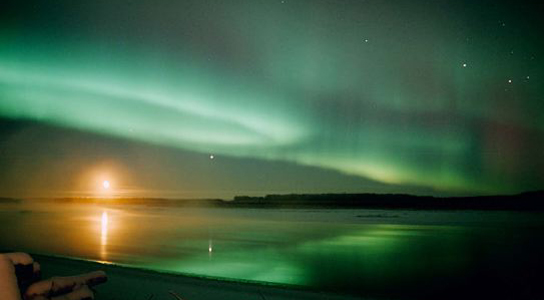
Alaska Northern Lights
Astronomers launched a NASA-funded rocket into the aurora borealis, which are colloquially known as the northern lights. The 46-foot (14-meter) rocket, the Magnetosphere-Ionosphere Coupling in the Alfvén resonator (MICA), launched from the Poker Flat Research Range, 30 miles (48 kilometers) north of Fairbanks, Alaska.
The rocket arced 200 miles (320 kilometers) upward before plunging directly into the lights.
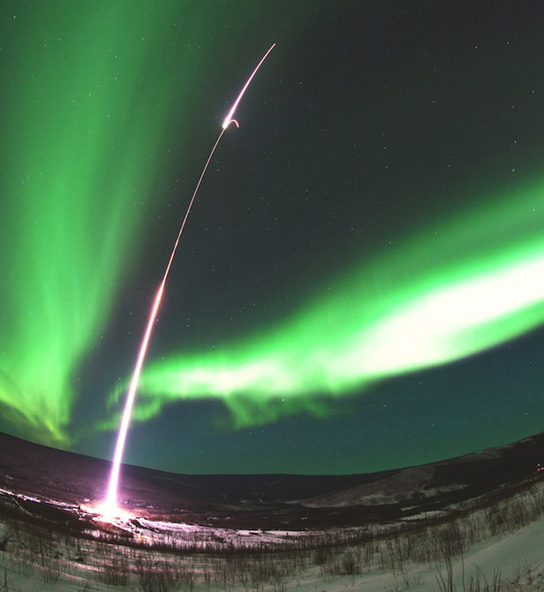
Auroras occur when charged particles, which emanate when the sun hits the Earth’s upper atmosphere, produce lights. Instruments aboard MICA will probe the electric and magnetic fields that arise from these collisions.
The information will help researchers understand how the charged particles, or solar wind, affect Earth. This data is important since Sol is currently entering an enhanced period of activity, and electromagnetic storms are detrimental to satellites orbiting the Earth.
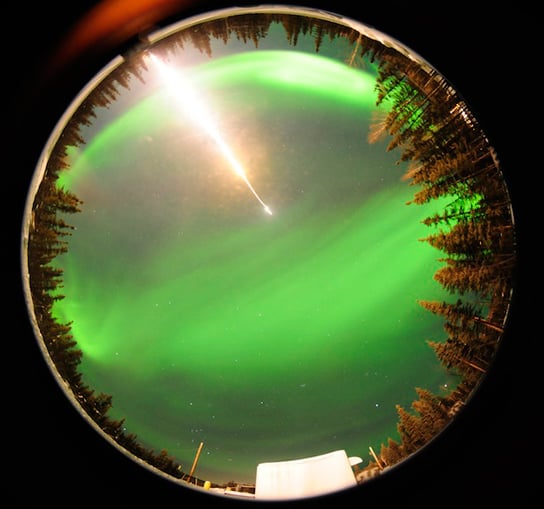
MICA also studied the Alfvén waves, a special form of electromagnetic energy which travels through plasma and acts similarly to sound waves. When solar wind hits the ionosphere, it strikes the Alfvén resonator, a structure that’s a narrow channel in the atmosphere, hundreds of miles tall, but only six miles in width. This structure is said to reverberate at a certain frequency in response to the sun’s energy. It’s possible that this could also generate auroras.
MICA isn’t the first rocket of its kind. In 2009, two other rockets flew into the aurora borealis.




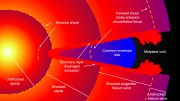
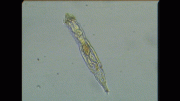


Be the first to comment on "NASA Launched Rocket into Aurora Borealis"